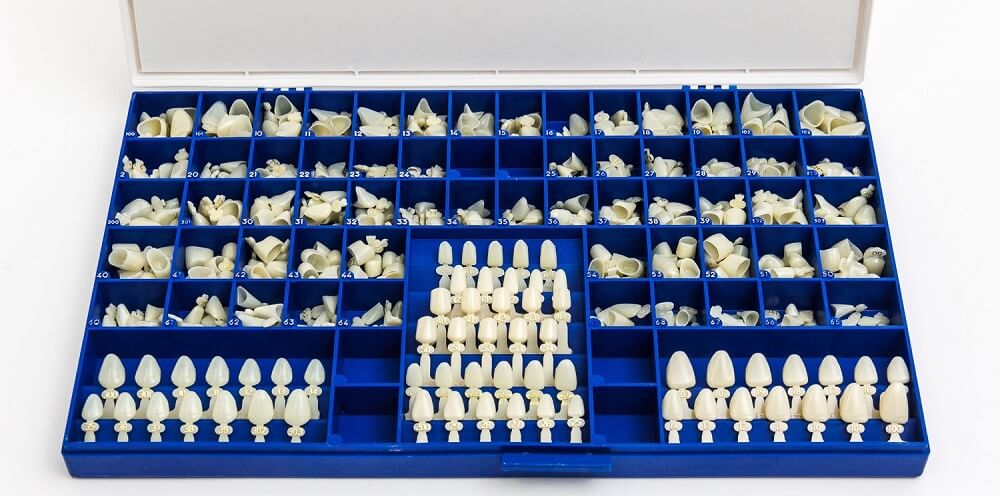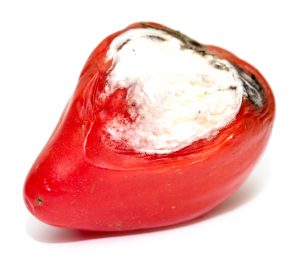Teeth damage is a common problem that may develop over the course of a lifetime. Dental decay, traumas, or just wear and tear might lead to this. The form or size of your teeth might change throughout time. In dentistry, dental crowns are “caps” that are tooth-shaped and placed on top of your natural tooth. You might think of it as your tooth’s own swaddle. Restoration in form, look, and strength are all provided by the crown.
The dental crown is affixed to the visible area of your tooth and serves as a protective barrier.
In this post, you’ll get a detailed overview of what a dental crown is, its several types, and the difference between the prefabricated crown and polycarbonate crown.
Why is a Dental Crown Needed?
A dental crown might be required for the following reasons:
- To protect a weak tooth from breaking or keeping a cracked tooth intact.
- Restoration of a broken or worn tooth.
- Supporting and covering a tooth that has an excessive filling.
- To hold the dental bridge in place.
- Covering severely discolored or misshapen teeth.
- To cover a dental implant.
- To cover a tooth that has had a root canal treatment.
What are They Made of?
There are many different materials used to create permanent crowns. These include:
- Metal: Gold, palladium, nickel, and chromium are all metals that may be used to make dental crowns. When it comes to wearing down, metal crowns are the most durable and need the least amount of tooth structure to be removed during the procedure. They are also resistant to chewing and biting forces. The main drawback of such a crown is its metallic appearance. However, it is a good option for molars that are out of sight.
- Porcelain-fused-to-metal: This kind of dental crown may be customized to match the adjacent teeth’s color. In terms of tooth color, they’re closer to nature. However, the metal behind the porcelain cover of the crown may sometimes be seen as a dark line. Crowns may shatter or break, as well as wear down teeth on either side of them in a patient’s mouth, which is a drawback. When your mouth is closed, the teeth on the top and bottom that touch the crown take the brunt of the wear. Porcelain-fused-to-metal crowns may be used on either the back or the front teeth.
- All-resin: All-resin dental crowns are less costly than other kinds of crowns because they are constructed entirely of resin. Porcelain-fused-to-metal crowns, on the other hand, are more durable and less prone to crack over time.
- All-porcelain or All-ceramic: These dental crowns offer the most natural color to match the real teeth in comparison to any other type. If you are allergic to metal, these are a good option. However, these are not as durable and strong as porcelain-fused-to-metal crowns. Such a crown is usually ideal for the front teeth.
- Pressed Ceramic: These crowns are made of pressed ceramic, which has a firm core. All-ceramic crowns utilize a metal liner, whereas pressed ceramic crowns eliminate that step. For the finest color match, porcelain is capped over pressed ceramic crowns. In addition, these crowns are more durable than an all-porcelain one.
Difference Between Polycarbonate Crown and Prefabricated Crown
Crowns composed of acrylic, stainless steel, or porcelain/ceramic are called prefabricated crowns. A biocompatible luting agent is used by the dentist to secure the crown once it has been custom-fitted to the patient’s mouth. When a child loses a tooth, a prefabricated crown may be used to hold it in place until the permanent one grows in. Permanent teeth cannot have them as a final restorative option.
Polycarbonate crowns are formed from polycarbonate resin shells or acrylic and are cemented with self-adhesive resin which gives a tooth-colored restoration at a reasonable cost. Temporary restorations are most often utilized with them, although their long-term endurance varies from application to application. It is possible to alter the color of the polycarbonate crown by using liners and cement.
Final Words
When it comes to crowns, you have a wide range of options. There is no one-size-fits-all crown, but there are several types that may be more appealing to you.
Ultimately, it’ll come down to what’s best for you. Consult your dentist to determine which form of the crown would be most appropriate for your particular dental requirements.





